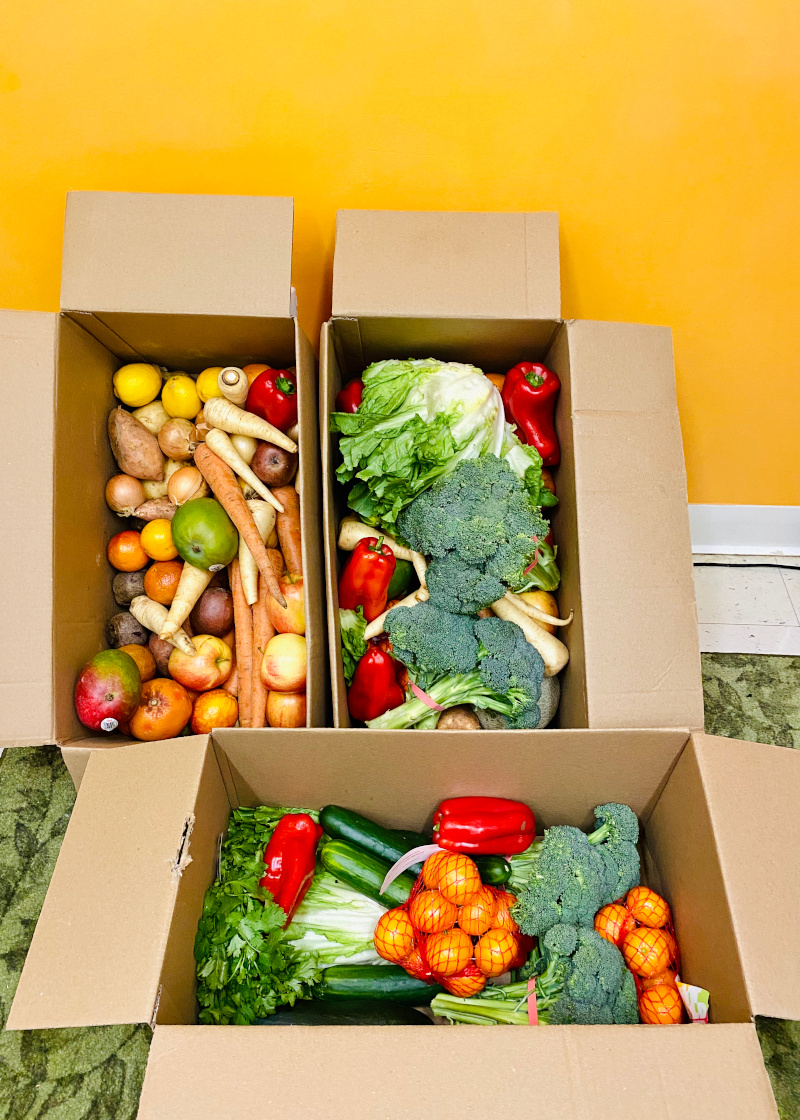
Snehal Shah, MD, is a pediatrician in Primary Care at Longwood and the Associate Medical Director of Community Integration in the Department of Accountable Care and Clinical Integration. Here, Shah shares some thoughts on how to screen for food insecurity and direct families to the right resources.
What are some signs that a family may be struggling with food insecurity?
My recommendation is to do universal screening. In primary care, we screen families at every well child visit.
You can’t make assumptions about who may be struggling with this issue. There are also more people dealing with food insecurity for the first time because of COVID. A person’s insurance status or where they live doesn’t matter.
Parents may feel nervous or worried about telling their doctor or nurse that they don’t have enough food. Our job is to help families understand why we ask about food insecurity and create an environment in which families feel they can share their needs with us — regardless of whether the need is housing instability, food insecurity, or other struggles. We have different ways to help families with these needs. But we can’t help if we don’t ask.
How can providers help families?
Once the problem is identified, then plan out what to do with that information, and be transparent with families about it. Let them know you are asking questions for a reason and how you will use this information to try and connect the family to community resources.
In an inpatient care setting, you may not see a patient at regular intervals. It’s particularly important to link the family to existing resources where they can develop a relationship. This includes a primary care provider or a community-based agency that can help with food insecurity.
What are some resources for people struggling with this issue?
I would always suggest that people talk with their primary care provider to develop a plan. But here are a few other resources to look into or share with others:
For state-wide resources:
- Project Bread Food Source Hotline
- Project Bread and the Department of Elementary and Secondary Education (DESE)
- FoodPantries.org: Massachusetts food pantries
- Department of Transitional Assistance (DTA)
- Women, Infants, and Children Nutrition Program (WIC)
Greater Boston resources:
Resources in Western Massachusetts:
